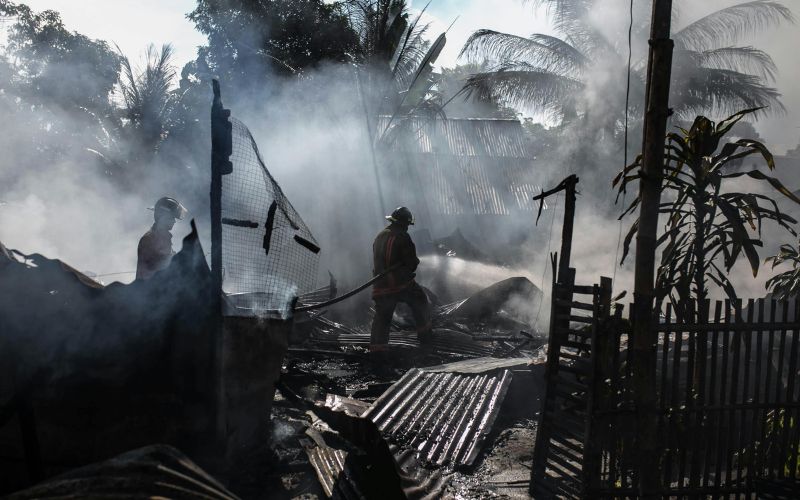Income inequality causes higher social vulnerability to disasters
The US Census Bureau shows that 23.4 per cent of people in counties with high income inequality are socially vulnerable to disasters

Image: Denniz Futalan | Pexels
According to a US Census Bureau analysis, the share of residents who are socially vulnerable to disasters is higher in counties where income inequality is the same as or greater than the country’s national average.
The analysis of the Census Bureau’s Community Resilience Estimates (CRE) Equity Supplement linked social vulnerability and income inequality.
The CRE provides an easily understood metric for how socially vulnerable every neighbourhood in the US is to disasters, including wildfires, flooding, hurricanes and pandemics such as Covid-19.
In the country, 20.6 per cent of people were found to be highly vulnerable to disasters in 2022. But in counties where income inequality was at or above the US national average, 23.4 per cent were highly vulnerable. In counties with income inequality below the US national average, 19.2 per cent of residents were deemed highly vulnerable.
Counties with higher levels of income inequality tended to have a higher share of individuals who were more socially vulnerable to disasters. Gauging social vulnerability to disasters can help community planners, government entities, and stakeholders prepare for disasters and plan response and recovery efforts.
Modelled estimates are based on ten components of social vulnerability, including income and access to transportation and the Internet. Current estimates use Census data and provide the number and percentage of residents in the nation, states, counties, and census tracts in three groups: people with zero, one or two, and three or more vulnerabilities.
This analysis used the 2022 CRE Equity Supplement, also known as the CRE for Equity, which pairs data from the 2022 CRE with stats from the 2018-2022 American Community Survey (ACS), the 2020 Census, and the Census Bureau’s Planning Database. The findings are the most recent social vulnerability and equity measures from one source.
There are several new data points in the newest version of the CRE for Equity. Key indicators are available for major race and ethnic groups from the ACS, though they weren’t used in the analysis in this article.
Users can review area-level statistics and explore how these characteristics differ based on race and ethnicity. These data include information on income, age, unemployment, and health insurance status that play a role in measuring equity.
The CRE shows the number and percentage of residents living with zero, one-to-two, or three-plus components of social vulnerability. Those with three or more elements are considered the most socially vulnerable group and more susceptible to a disaster.
Social vulnerability to disasters is not distributed uniformly. Rather, a swath of counties from the Southwest to the South Atlantic tended to have a greater share of individuals with three or more vulnerabilities.
The ACS provides a variety of income measures, including the Gini index, a widely used measure of income inequality.
The Gini index measures income inequality ranging from zero to one, reflecting the amount by which any two incomes differ, on average, relative to the mean income. It is an indicator of how “spread out” incomes are from one another.
Values closer to zero represent a more equitable distribution of income. For instance, if every income earner in a county made exactly US$ 10,000 per year, the Gini index would equal zero. But if one income earner made US$ 10,000 and all other people earned US$ 0, the Gini index would equal one and, therefore, be less equitable.
Income inequality increased in the United States from 2007 until 2022, when it dipped mainly due to income declines among middle- and top-income earners.
The national average of the Gini index is 0.4829, but income inequality varies widely across the country. Some counties had an estimated Gini index of 0.35 or less. Others had Gini index estimates greater than 0.55, which was higher than most of the world’s countries for which data were available.
Income inequality tends to be concentrated in the Southeast, roughly mirroring the pattern found for social vulnerability to disasters.
For this analysis, the estimate of inequality in each US county was compared to determine if there was a statistical difference and then the number of people with three or more components of social vulnerability in each type of area was calculated. It was found that regions with lower inequality were less socially vulnerable.
These results are consistent with prior research on the effect of income inequality on key well-being measures such as mental health, physical health, and longevity.